098 #glamhack
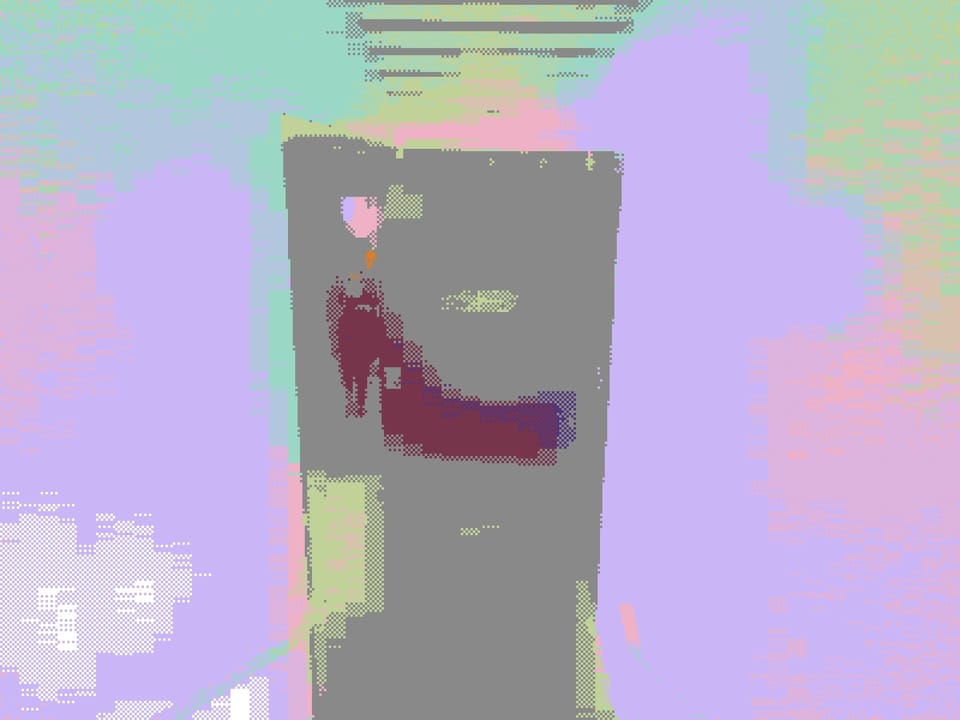
Seven months ago, we convened in Geneva to run the annual Swiss Open Cultural Data hackathon, the GLAMhack, at the prestigious Geneva Ethnography Museum (MEG). Yesterday I went back for a superb occasion: to find out how our crowdsourced efforts made an impact on the new 'Mémoires' temporary exhibition, which officially opens today. Scroll through a virtual glimpse into the world of ethnography with me here.
The starting point for our hackathon was a catalog metadata publication of inventory records, along with a vision statement prepared by the museum early last year, summarized in Decolonising Open Data:
The MEG bears a moral responsibility to fully document and be accountable for the circumstances under which its collections were created in the past as well as for how they are presently created. In keeping with this, the MEG has adopted a decolonial approach, launching a series of initiatives which aim to redefine the way we manage, use, and care for our collections. ... The MEG also carries out co-constructed artistic and educational projects with concerned culture bearers which encourage the revitalisation of cultural practices within their societies.
... The MEG curates many objects that are culturally sensitive - such as those pertaining to sacred practices - or which are meant to be kept secret, as well as ancestral remains. We are committed to working with communities of origin to develop appropriate measures for the care, conservation, public display, access, and ownership of these objects.
Some of the information in our database may use language that is now considered outdated or even offensive. It may contain information and photographs of objects associated with ritual or ceremonial activities that have not yet obtained the consent of the concerned populations. It may also contain photographs, films, audio recordings or printed documents which contain images, voices, or names of deceased people.

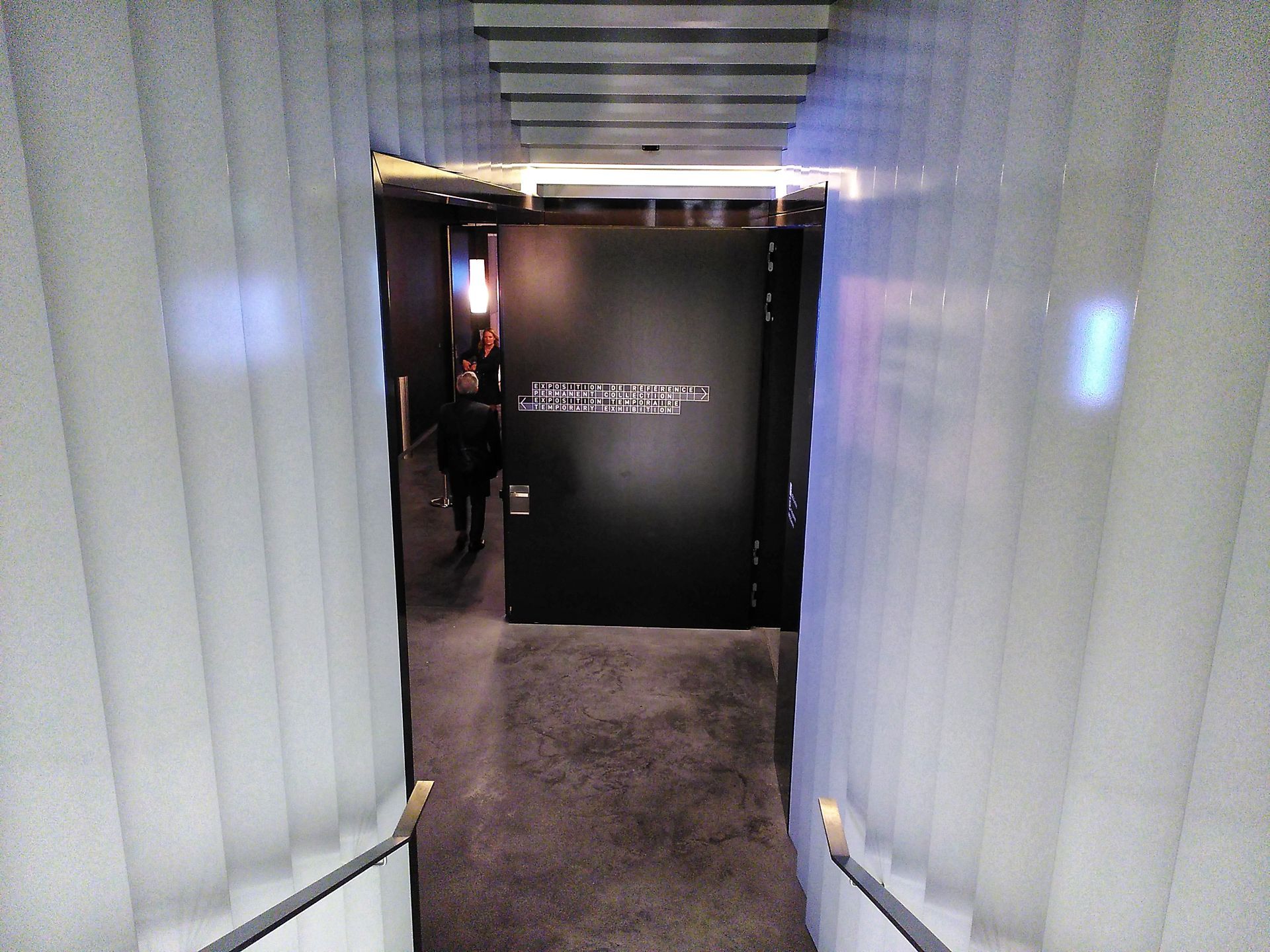
The nascent 'participative' exhibition aims to answer: “How did Geneva live through the colonial period? In what ways was the Ethnography Museum a major cultural actor in the colonial context? What is the future of the collections held there? Can we understand today the real identity of an object, sometimes centuries after it entered the Genevan museum collections?”
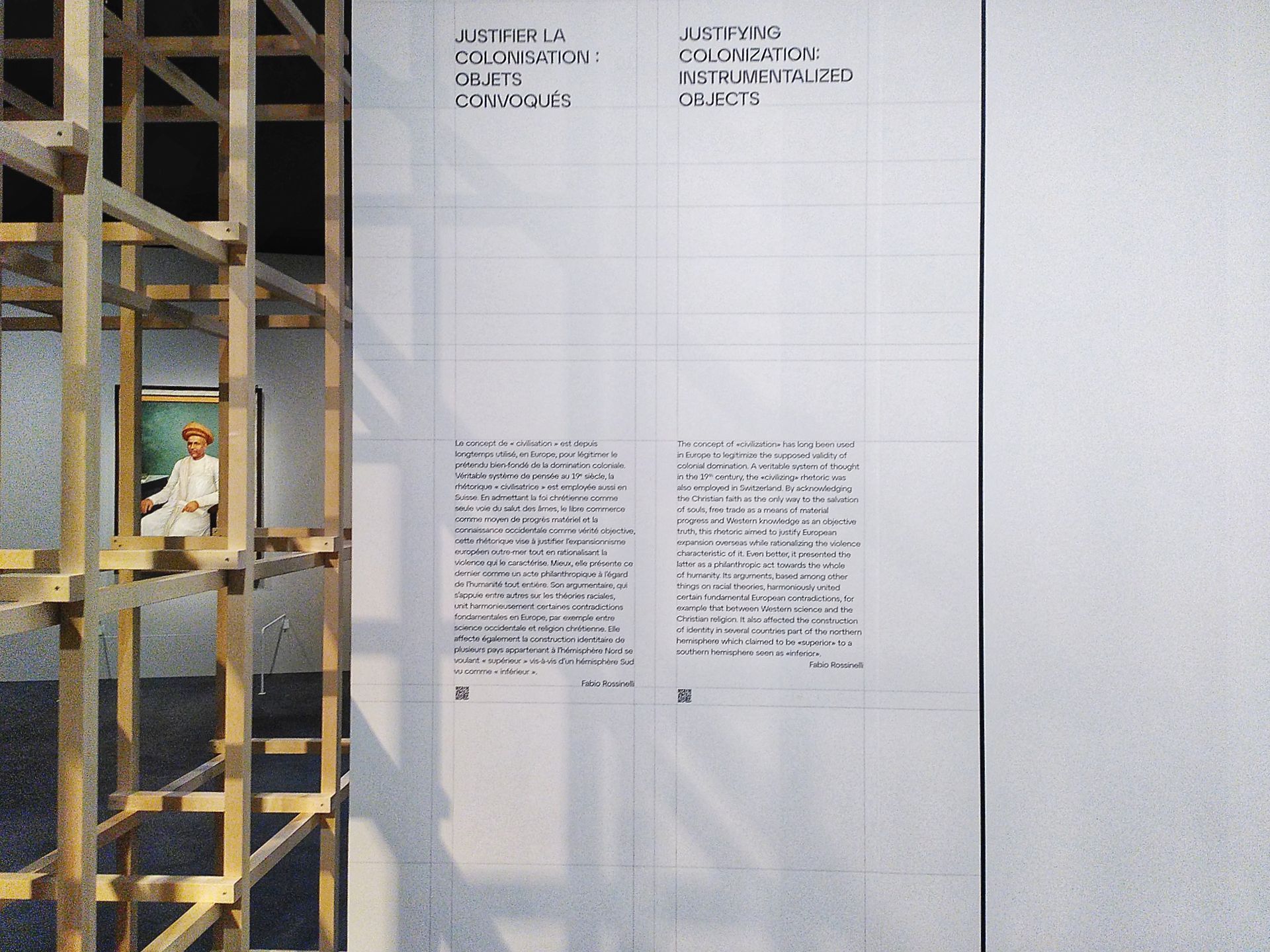
The circular layout of the underground floor space is carefully presented in French and English, with what looks like very typical modern Swiss typography in a precise grid layout. The wooden panels on the left reflect the shapes of the paragraphs in physical form. It gave me a bit of a coworking or woodworking workshop feeling, reinforcing the impermanence of the exhibition, the influence of all the people around me on creating it.

Through the use of light and shadow, a strong separation of colors, multimedia presentations, the thematic rooms or Capsules have a more playful feel. Their subject of stolen, looted, misappropriated artifacts could hardly be more serious. We learn about the struggle of people to hold on to their sense of self, even as they were expelled from their land and losing their relics, along with the traditional ways of life they incorporate.
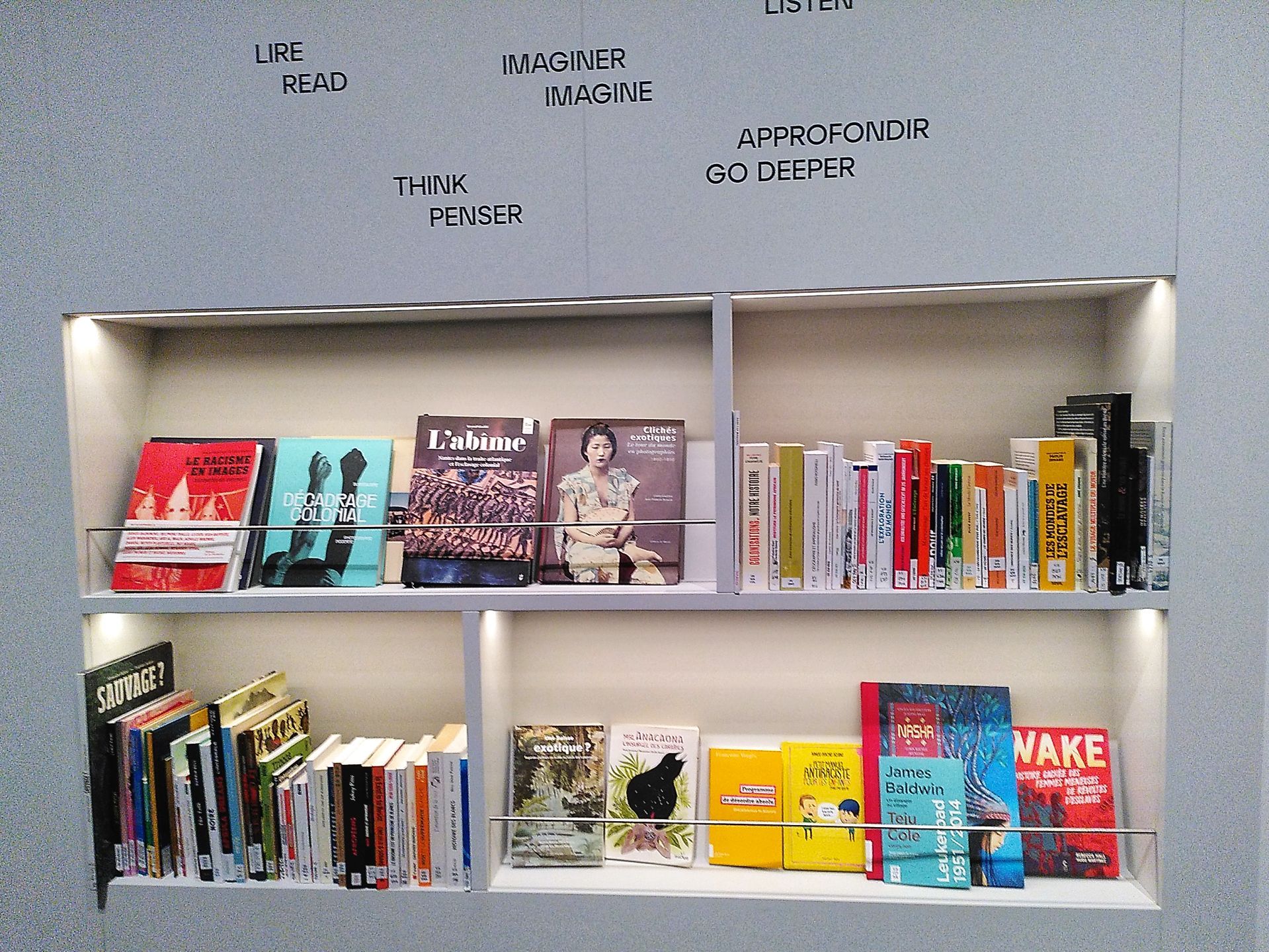
A bookshelf amidst the exhibition offers some excellent manuscripts for a more prolonged session with the sources. I would also have liked to see some archival material and databases on offer, but these are of course available online in the Resources section. QR codes are used judiciously throughout the facility to guide visitors to the right reference. There is space to gather, discuss and debate what we see, though I could not find an online forum or hashtag to build connections in a digital meeting-place.
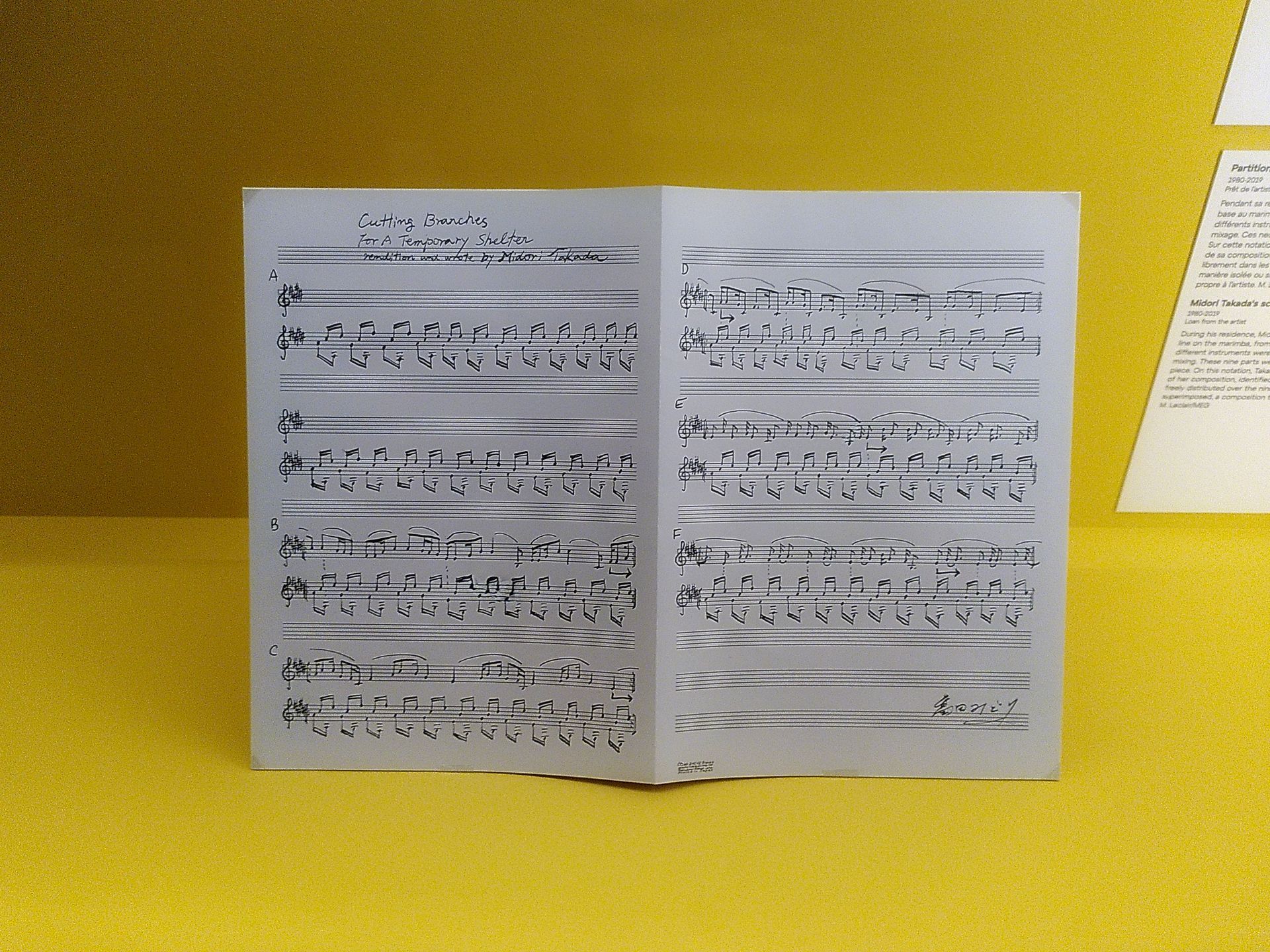
Almost every kind of object imaginable is represented. I really enjoyed seeing this musical score, and hearing the aural and musical presentations in the Nhemamusasa capsule — follow the link or get the album on Bandcamp to tune into this rhythmic composition yourself. Let it draw you in, let it move you. Do you feel off balance? This live recording, made at MEG in 2022 with instruments from the collections, is a rare and powerful collaboration.
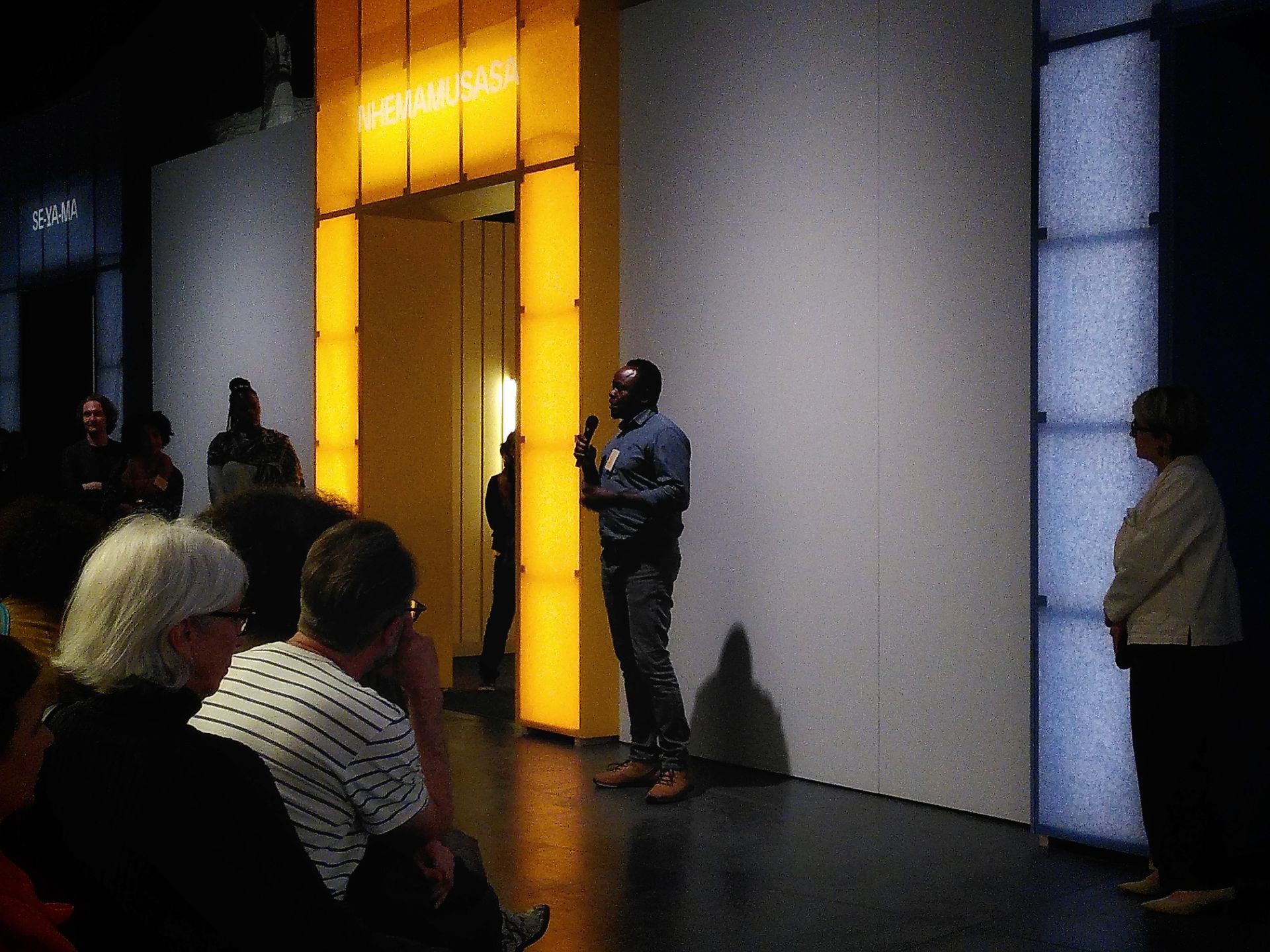
Tonight we had a chance to hear some first-hand accounts of the research, curation, and artistic intervention that is behind the exhibition. Here is Samson Ogiamien, recounting the very personal journey that led him to MEG. You can hear him yourself speaking about the Se-Ya-Ma capsule online, or join his workshop in a few weeks.
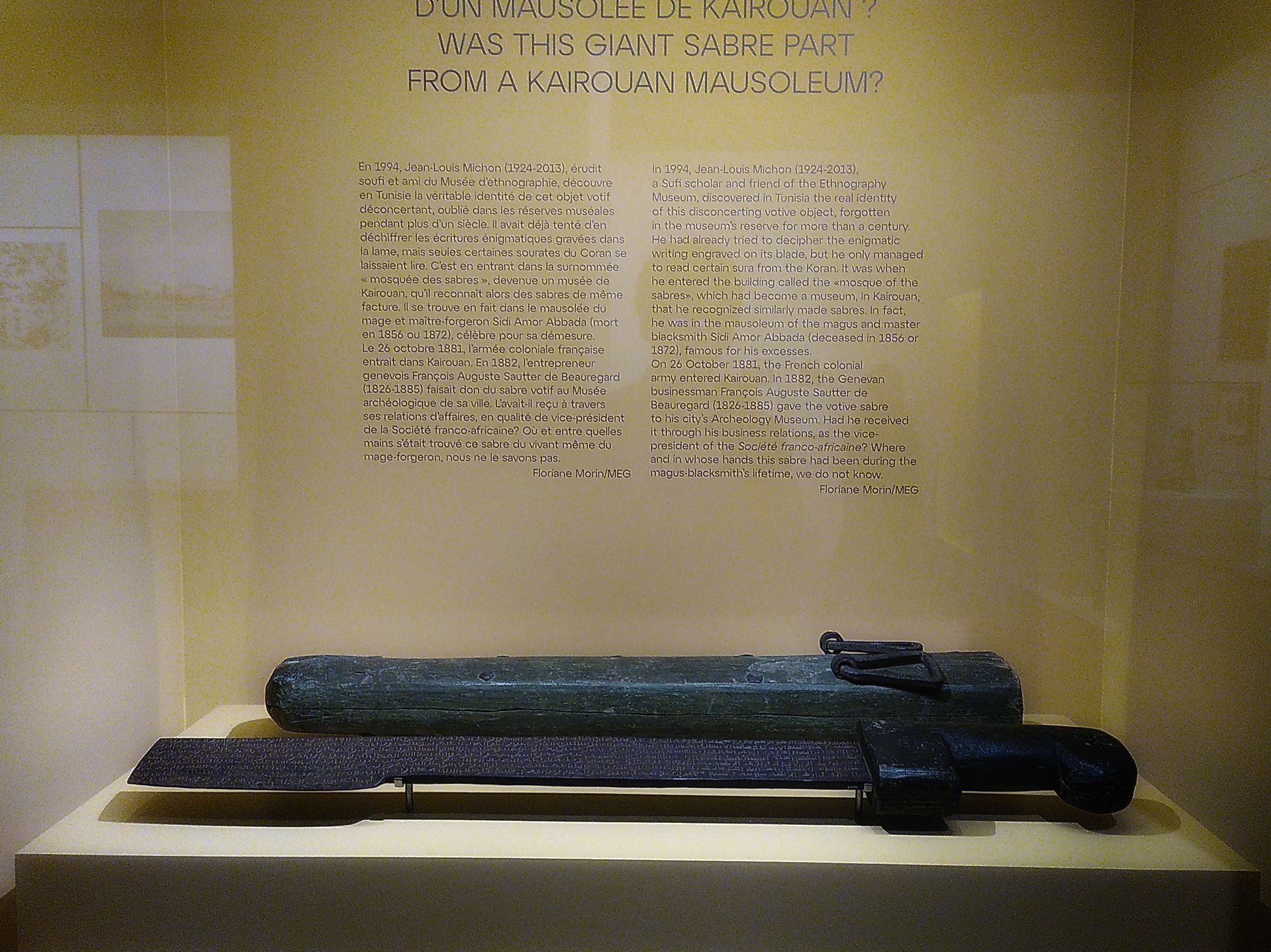
As Samson said, the objects are much more than a scientific curiosity — they are the archive of their people. And most importantly, they are a connection to our ancestors. The MEG team has done a masterful job of the rendition, but it is the objects themselves that punch through the glass displays, demanding our attention and respect. If you want to read up on the giant sabre above, visit the Catalog page.
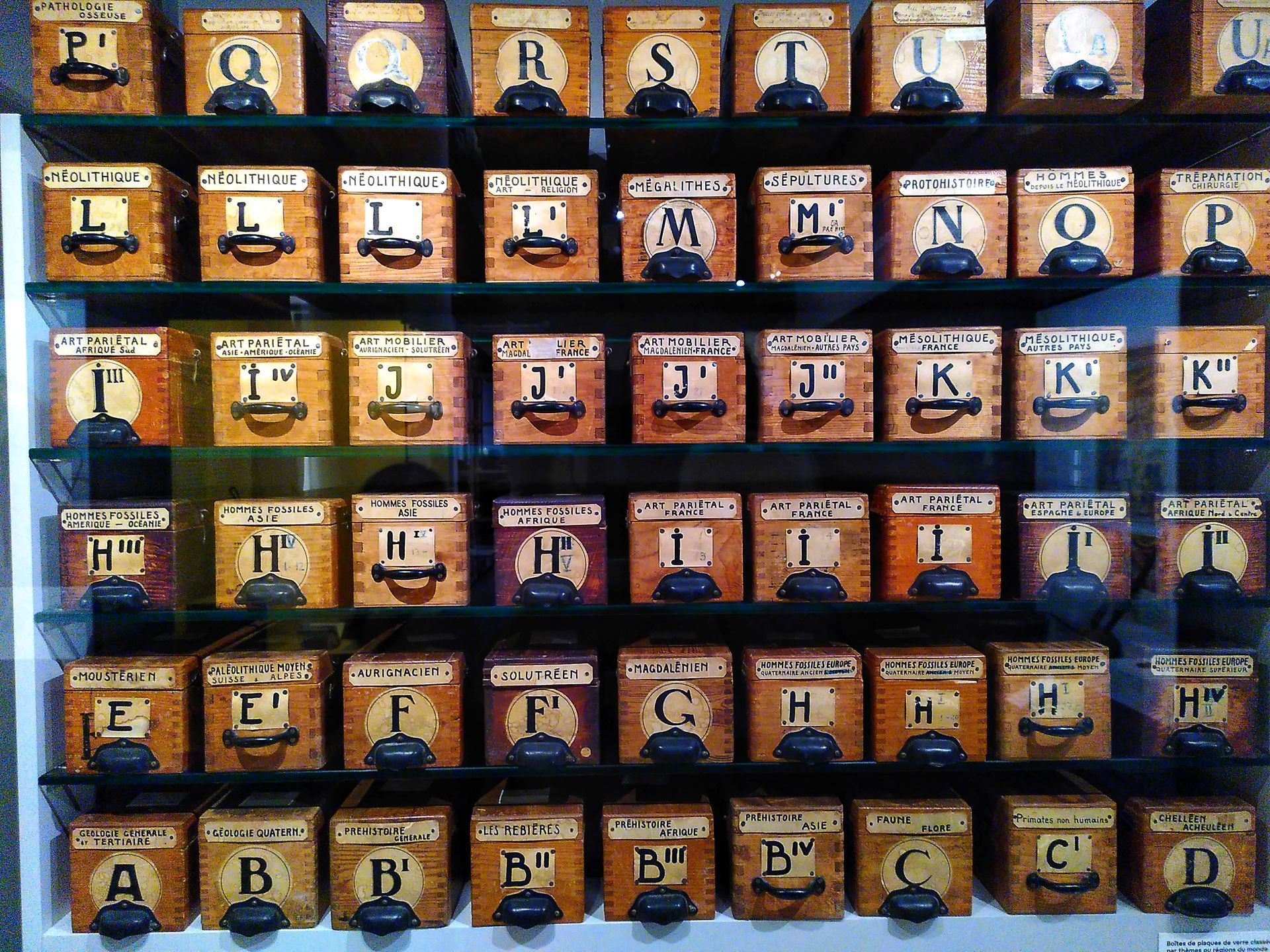
Neatly lined, the labels on these innocuous shelves from the annals of the Museum's archives betray the prejudice and politics of their times. Warning us that racism may be right under our fingertips, as we collect data or even just go about our business. It is a hideous, controversial, and invaluable lesson to curators and archivists of the present and future.
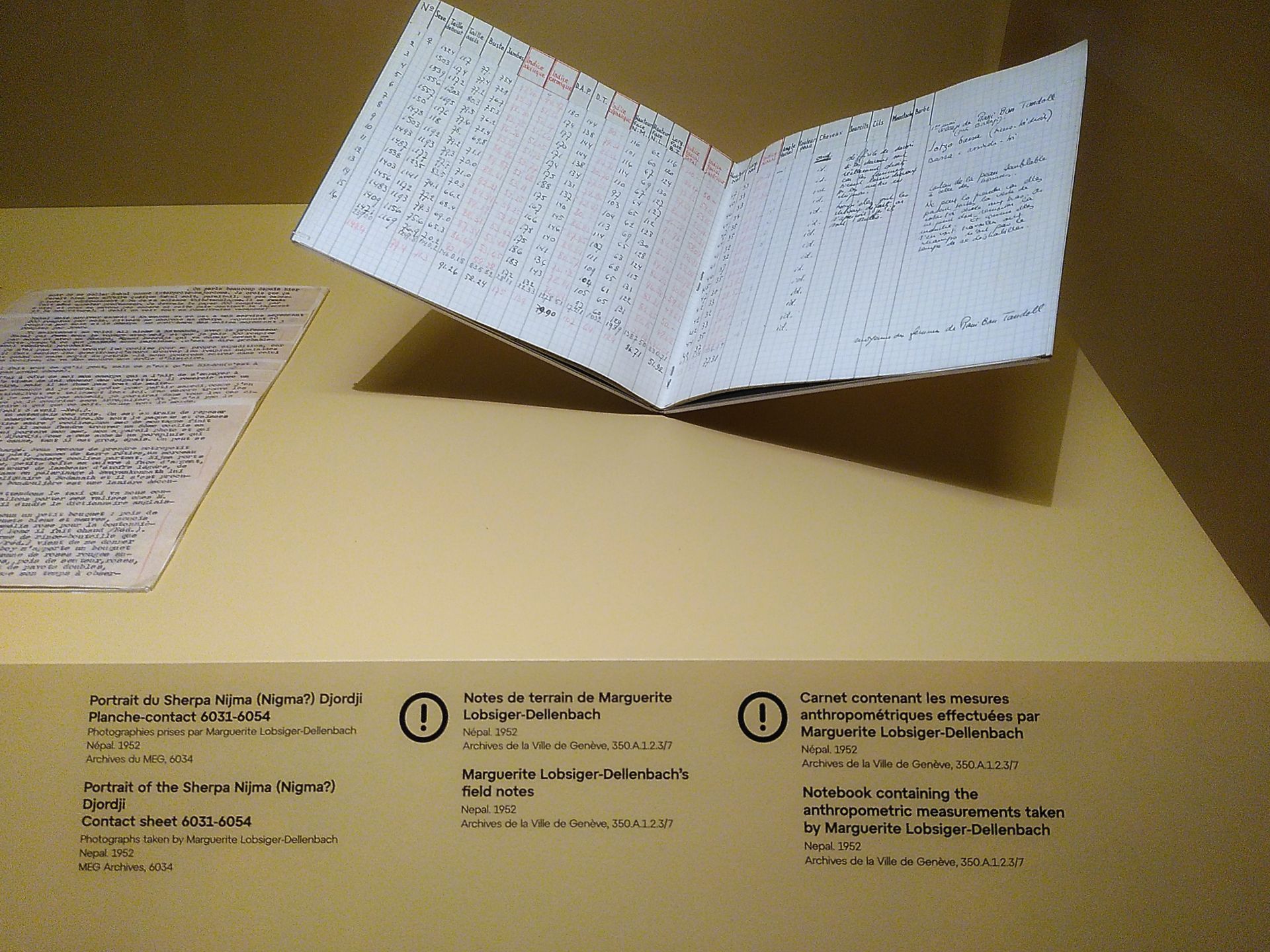
These items from the researches of Marguerite Lobsiger-Dellenbach – ethnologist, ethnomusicologist, and director of the MEG in the middle of the 20th century, are shown as a further reminder – and a warning. It's hard to “not do evil” in data collection, when even a highly scientific perspective is mired in the expectations of society around you. See also the history of the MEG's collection work.
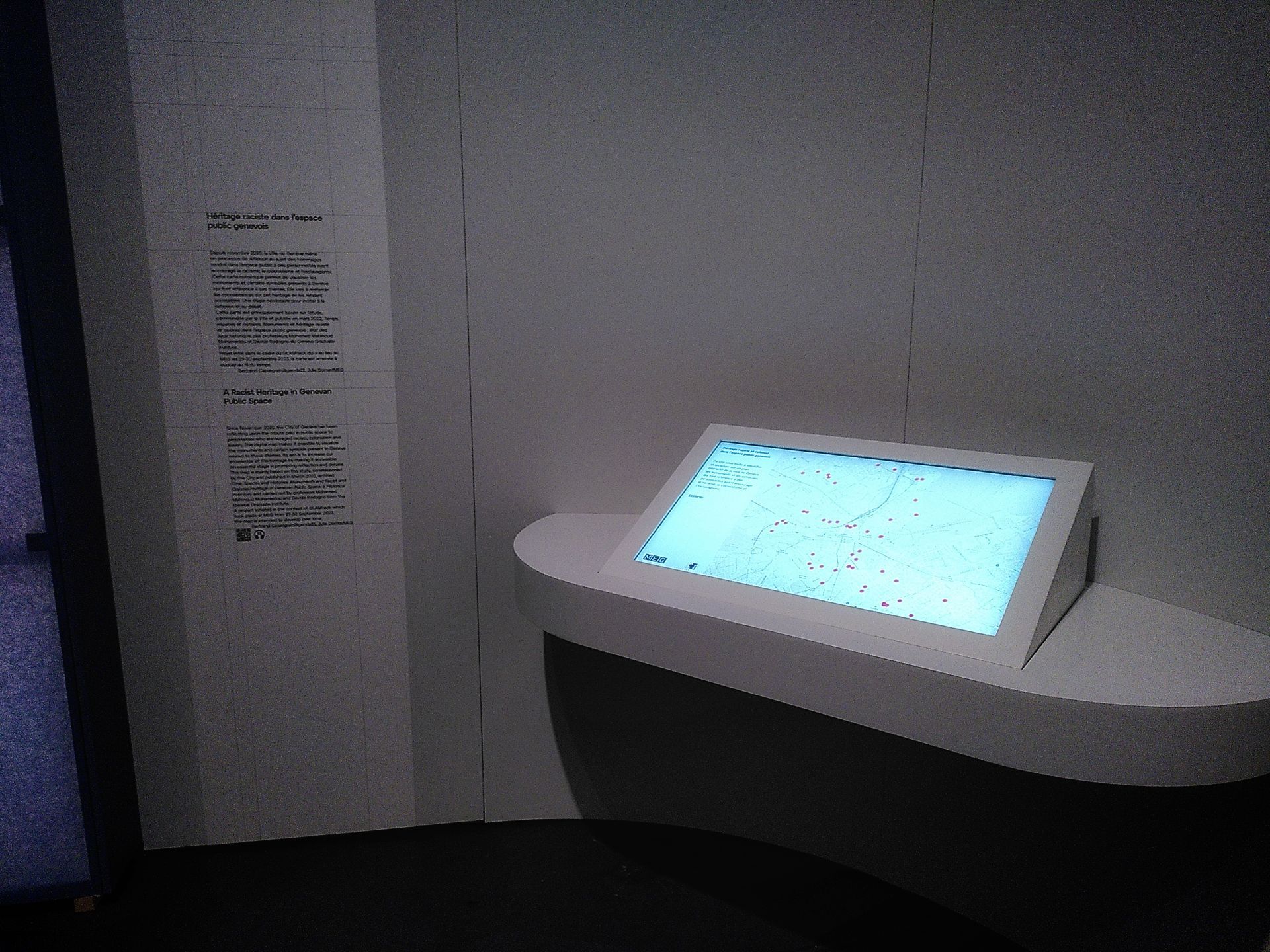
Which brings me to the most data-ful and modern part of the exhibition: this touch screen showing an interactive map of “A Racist Heritage in Genevan Public Space, one of the projects initiated in the context of GLAMhack which took place at MEG .. the map is intended to develop over time”. You can see and use it live here. Congrats to the team (Ana Hug Buffo, Felipe Covaleda, Can Kaya, Flor Méchain, Iolanda Pensa), whose project notes mention the Bern Kolonial project as inspiration, for this very solid contribution.

I will not go into too much detail on the hackathon setup here, instead invite you to check out the event write-up from Opendata.ch:
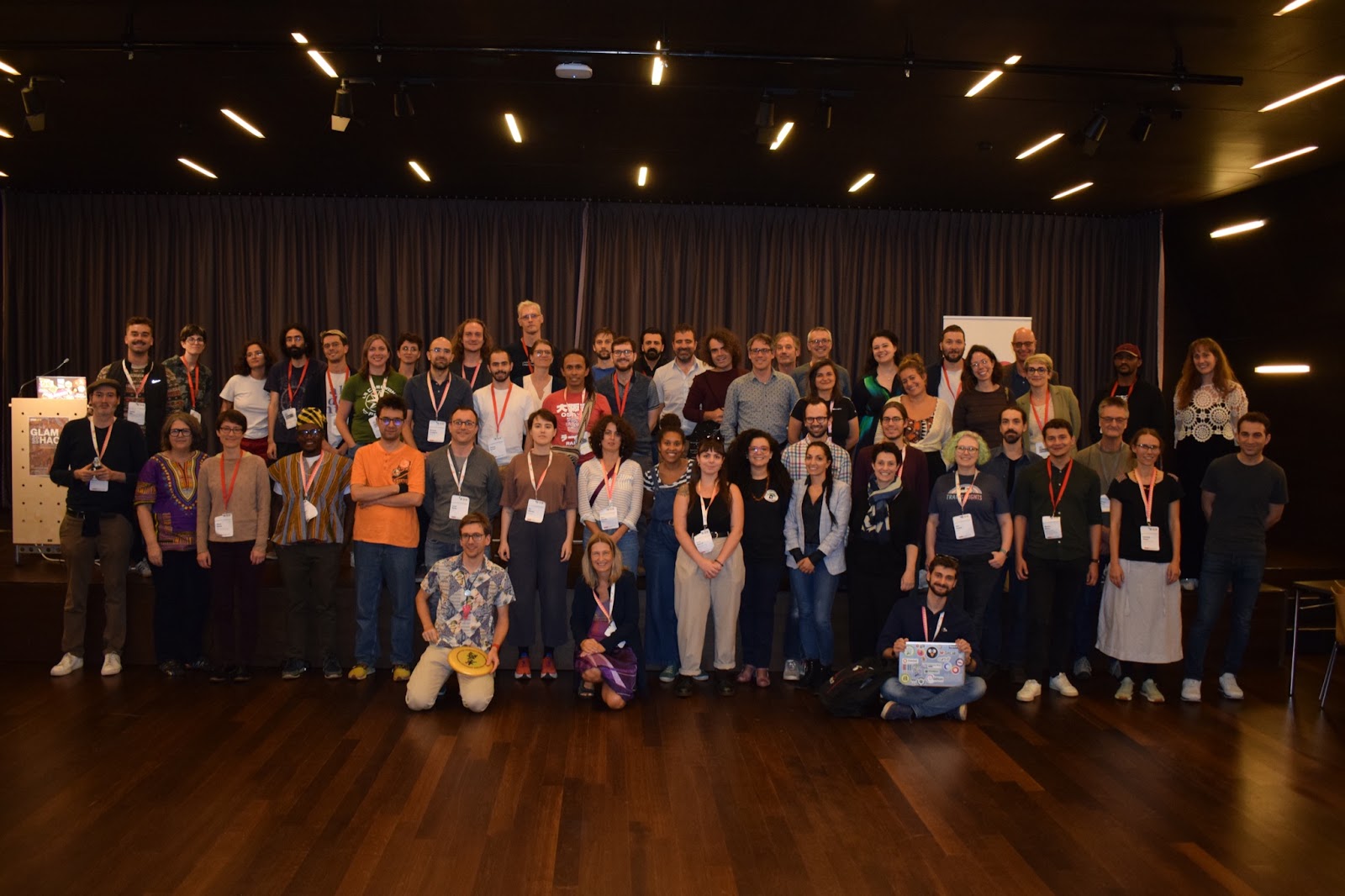
Watch the final presentations from Infoclio:
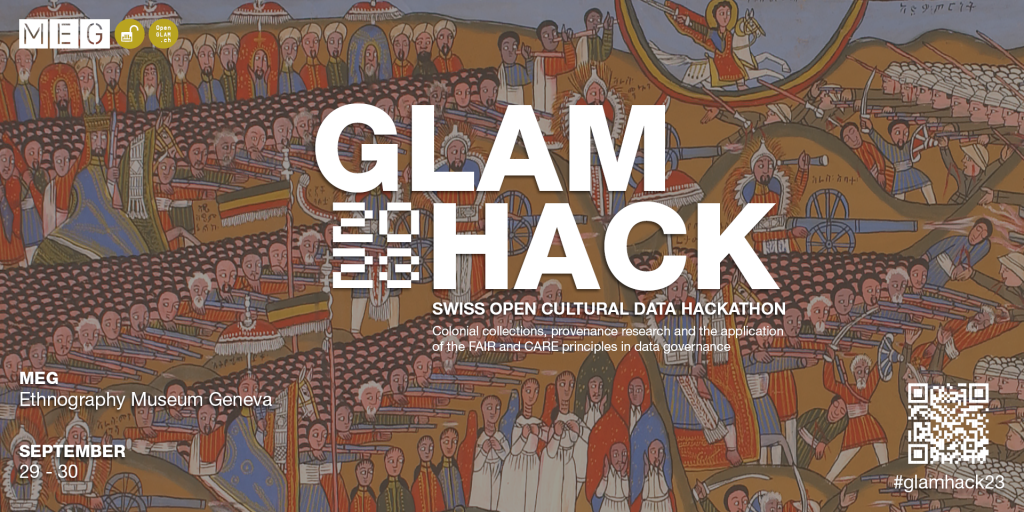
Browse the project documentation in the Dribdat app:
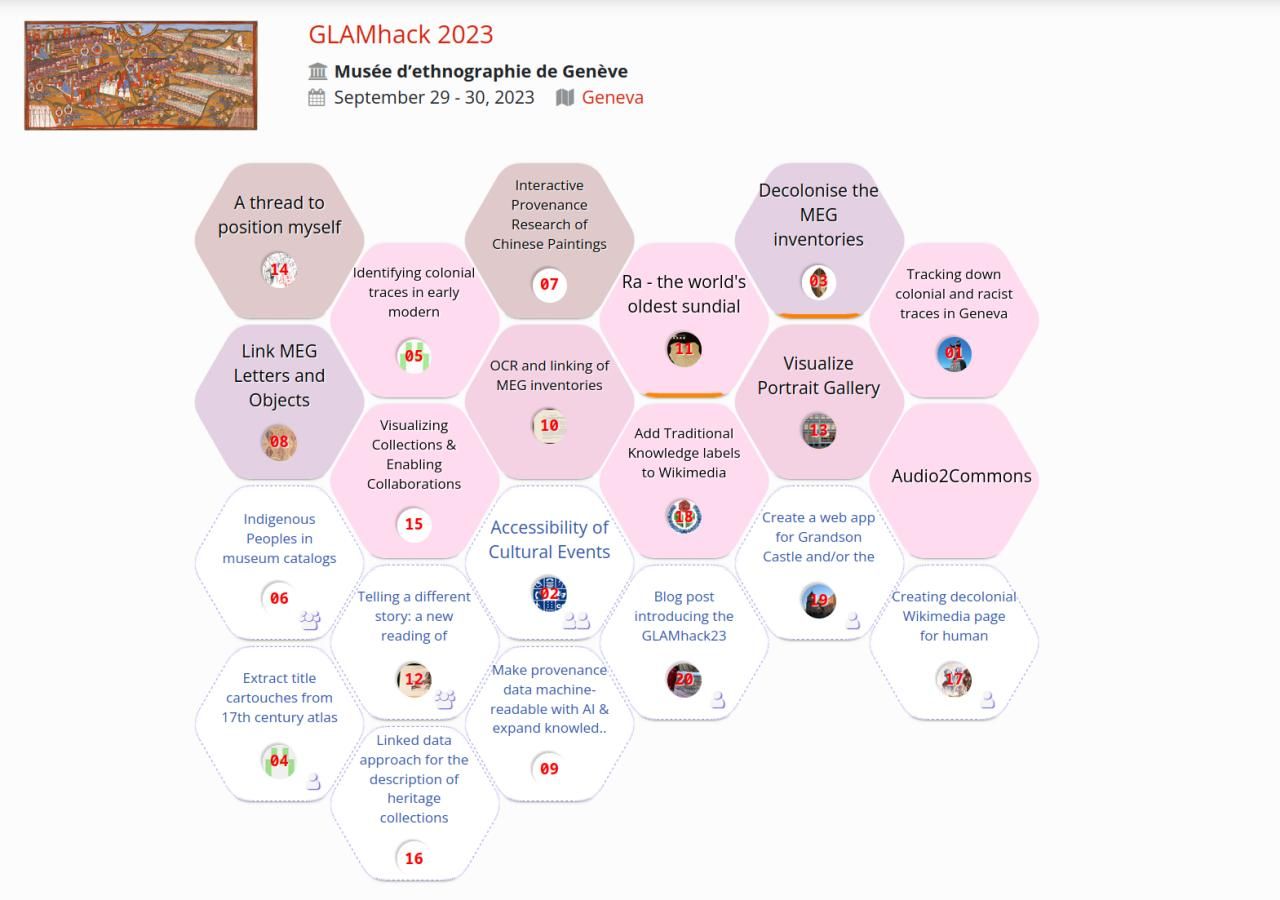
We are (make no mistake) in an efficient modern institution, a bastion of articulated wisdom. “Reflecting upon the tribute paid ... increasing our knowledge”. We did not Acknowledge the Country when crossing the border into the Canton, arriving in the heart of one of the most international cities on the planet. The rite of entry is a swipe of your ticket on the electronic gate. One part of the Memories exhibition solicits our introspection, tingles our fingers, cheekily plucks the strings of our collective shame:
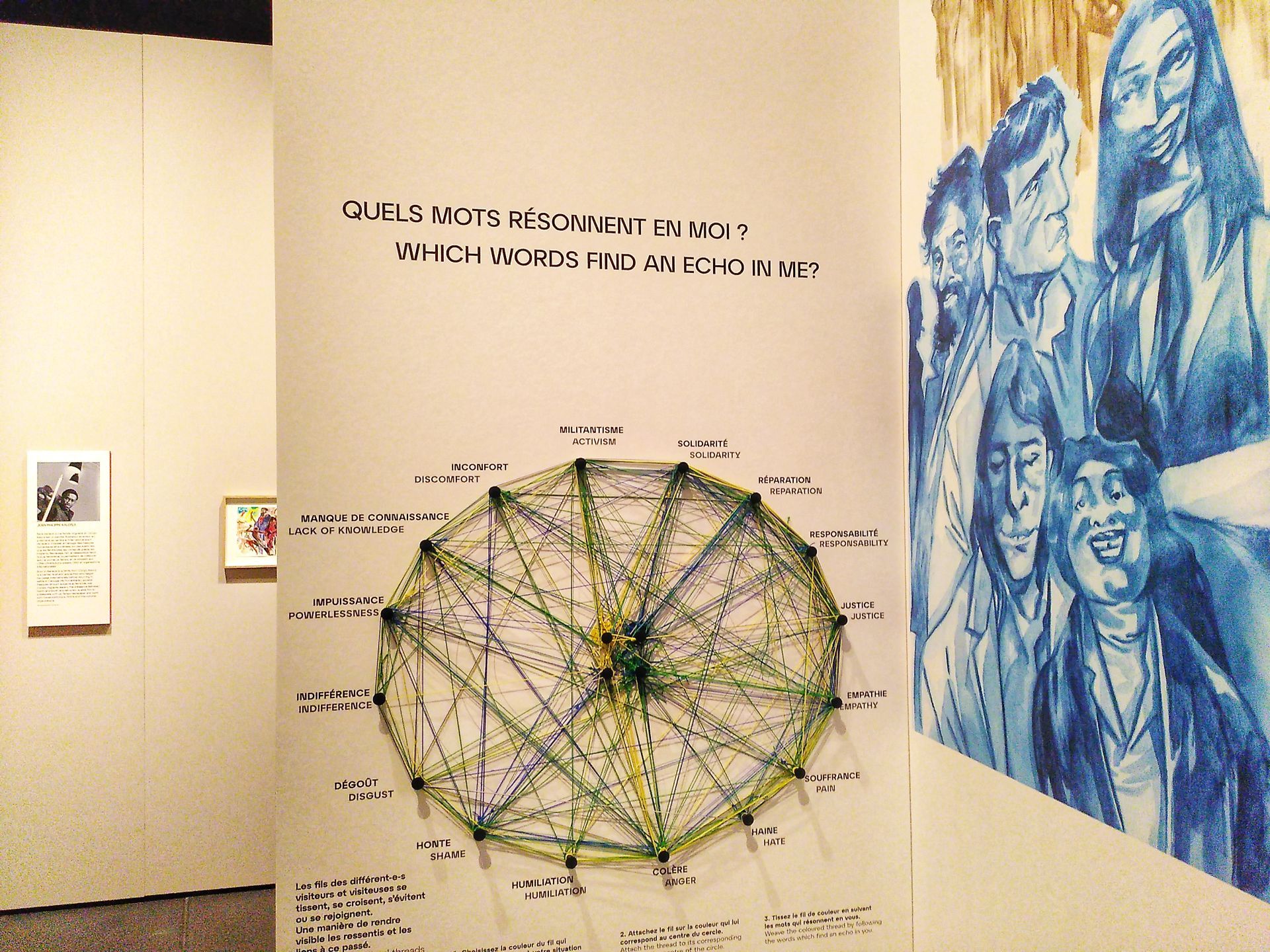
Associating emotions with self appraisal, acknowledging the naïveté of our potentially disastrous reluctance to work through the issues of a colonial past. In seeing the exhibition, we step into the shoes of both victim and oppressor, hopefully seeing the interrelationships and learning astounding facts from centuries of social evolution. The rubber bands are, on one hand, a fun, simple, anonymous survey. On the other, a kind of ritualistic communion of participatory admission.
This is something that proved too difficult to reproduce online, even though here, too, a GLAMhack team was engaged — and you can try our prototype:

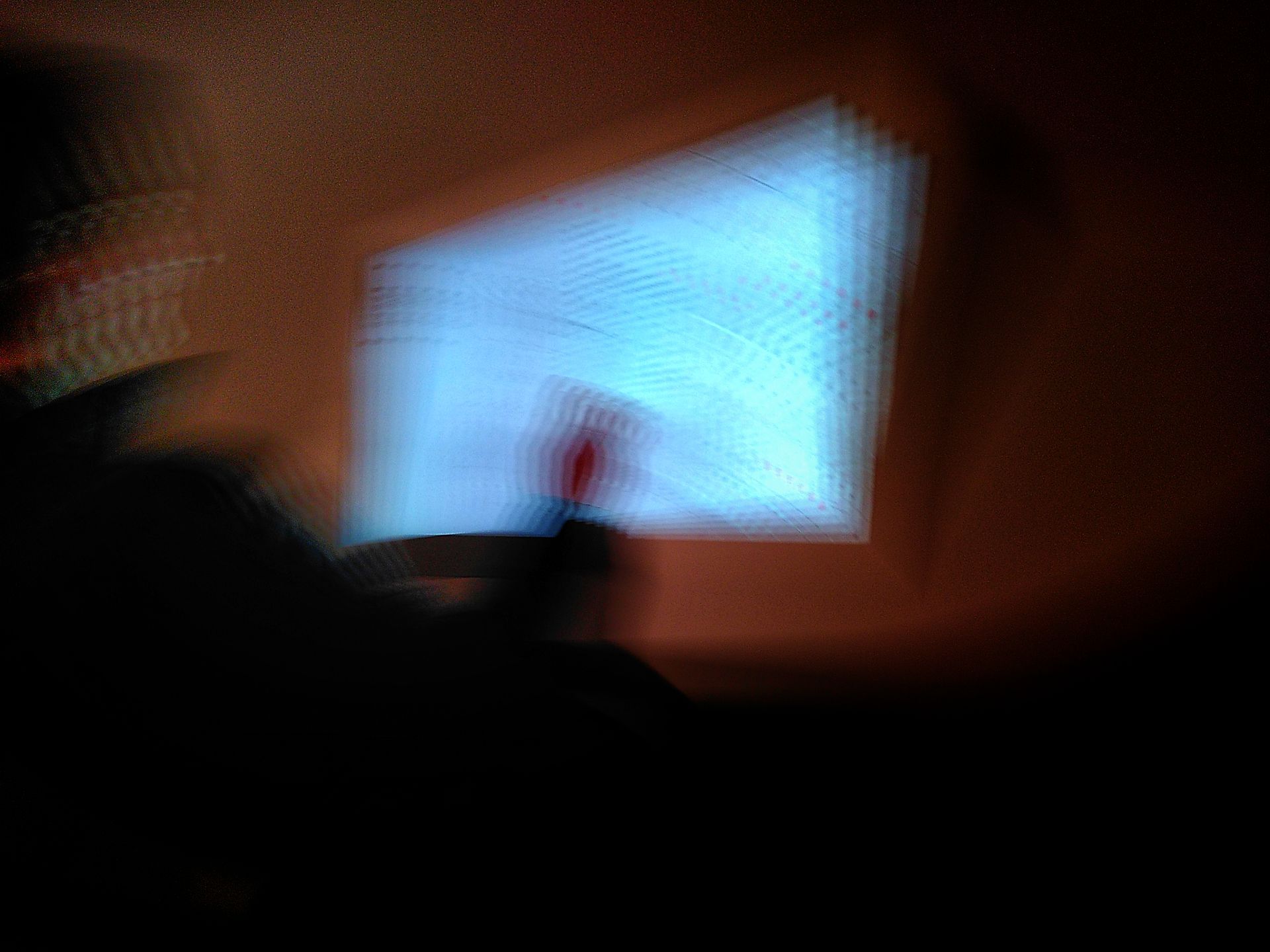
Speaking to the MEG team at the Vernissage, I was reminded of the risks that a curator takes when inviting people to take part in the exhibition. Even the sheer veracity of the ideas leads to an overflow of leads and possibilities to consider. Great efforts were put in to get the extensive website ready, not to mention the many moons of building work in the archives and on the museum floor. It is really astounding to see the dedication put in.
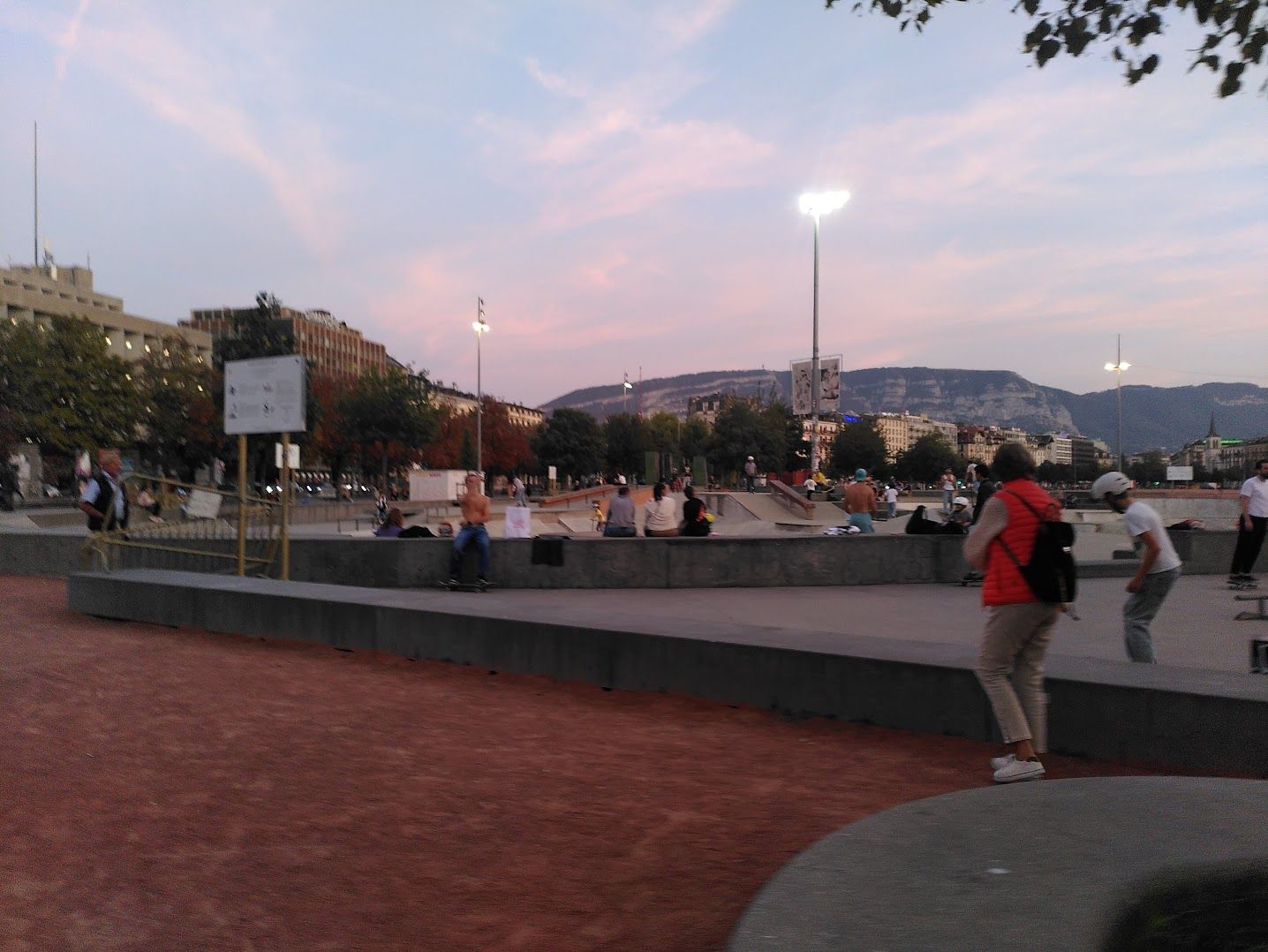
I would like to share here a couple more memories of the GLAMhack event, a few things which I didn't manage to document live on social media during the hackathon. Like our encounters with Genevan youth on the Plaine de Plainpalais in the area of the museum, as depicted in the dusk scene above.

We got a chance to visit the collection, briefly study wondrous maps ...
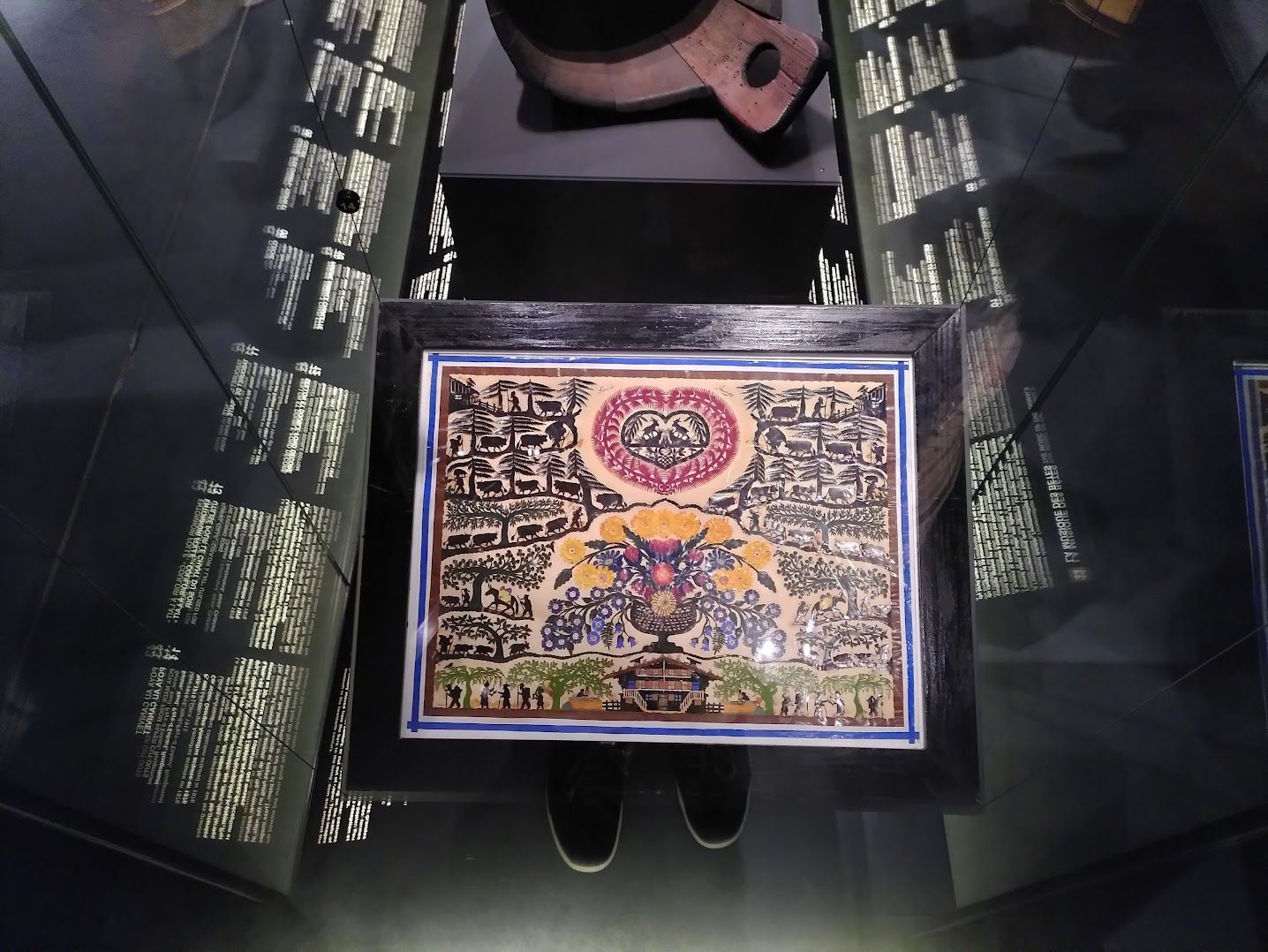
Familiar patterns, in a wholesome, refreshing light of cultural studies ...
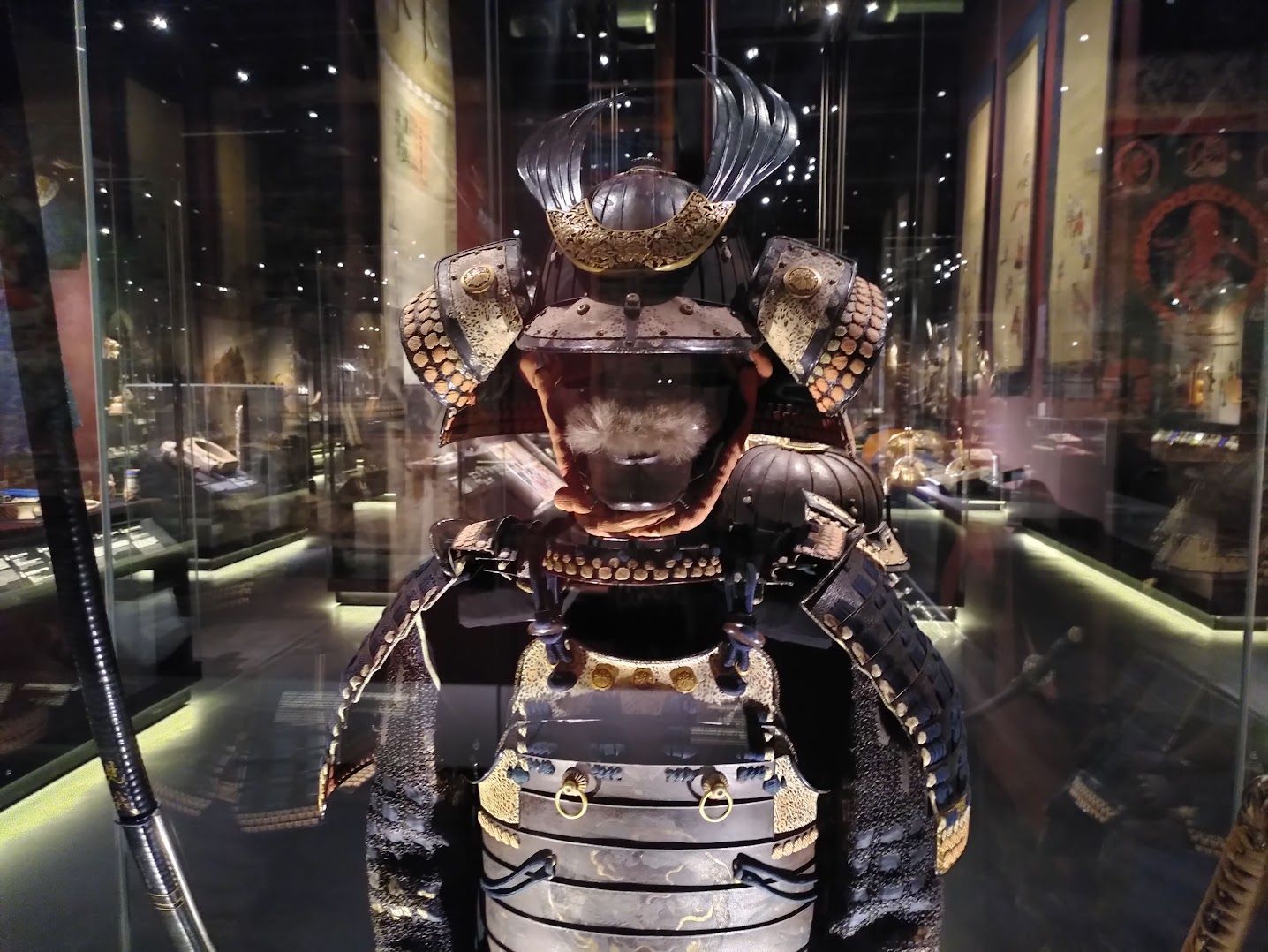
Encounter objects from another world (as fans of the Shōgun will appreciate) ...
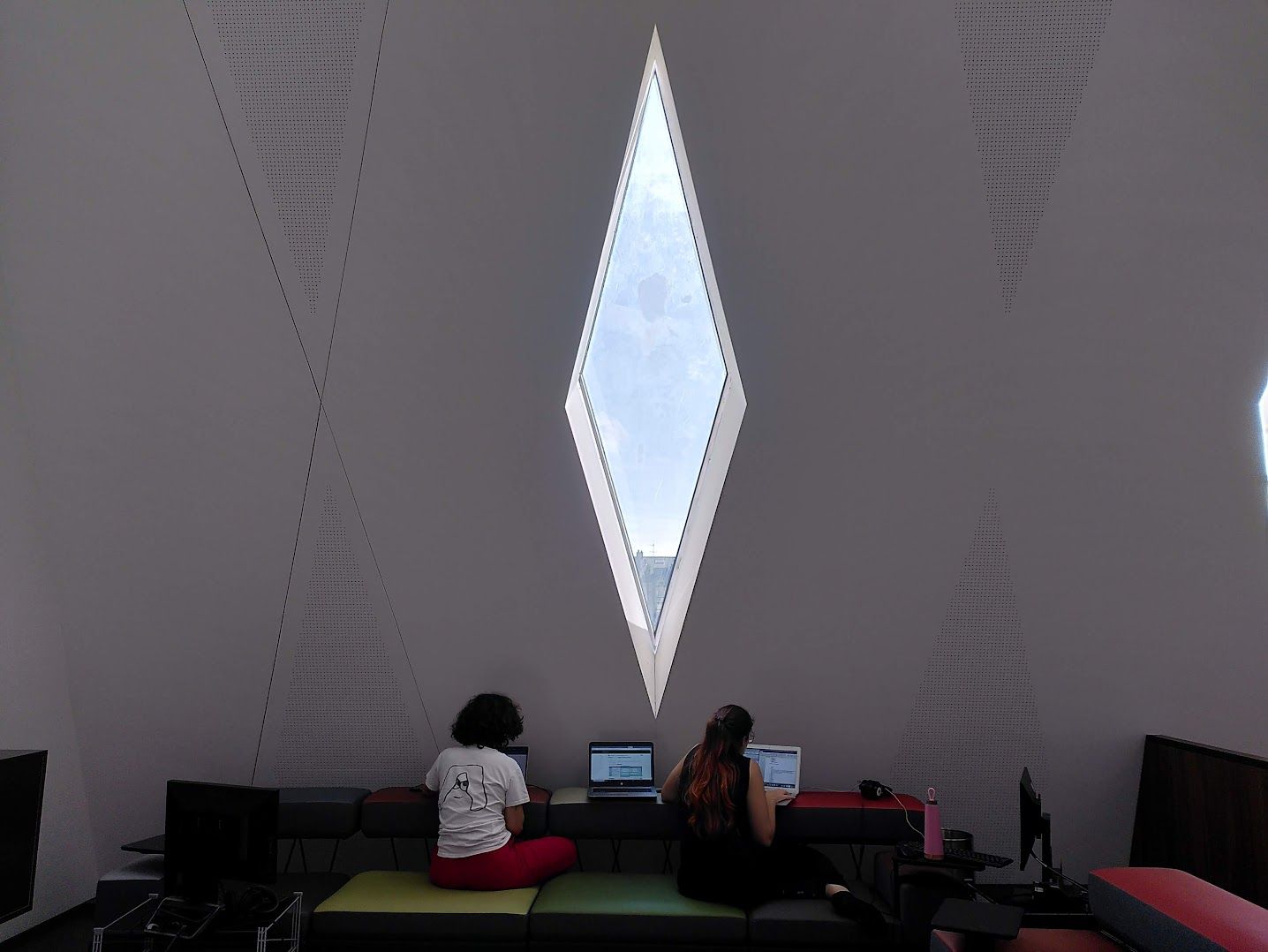
Get drawn inside an exceptional architecture, lose ourselves for a while in the writings and issues of ethnographic work ...
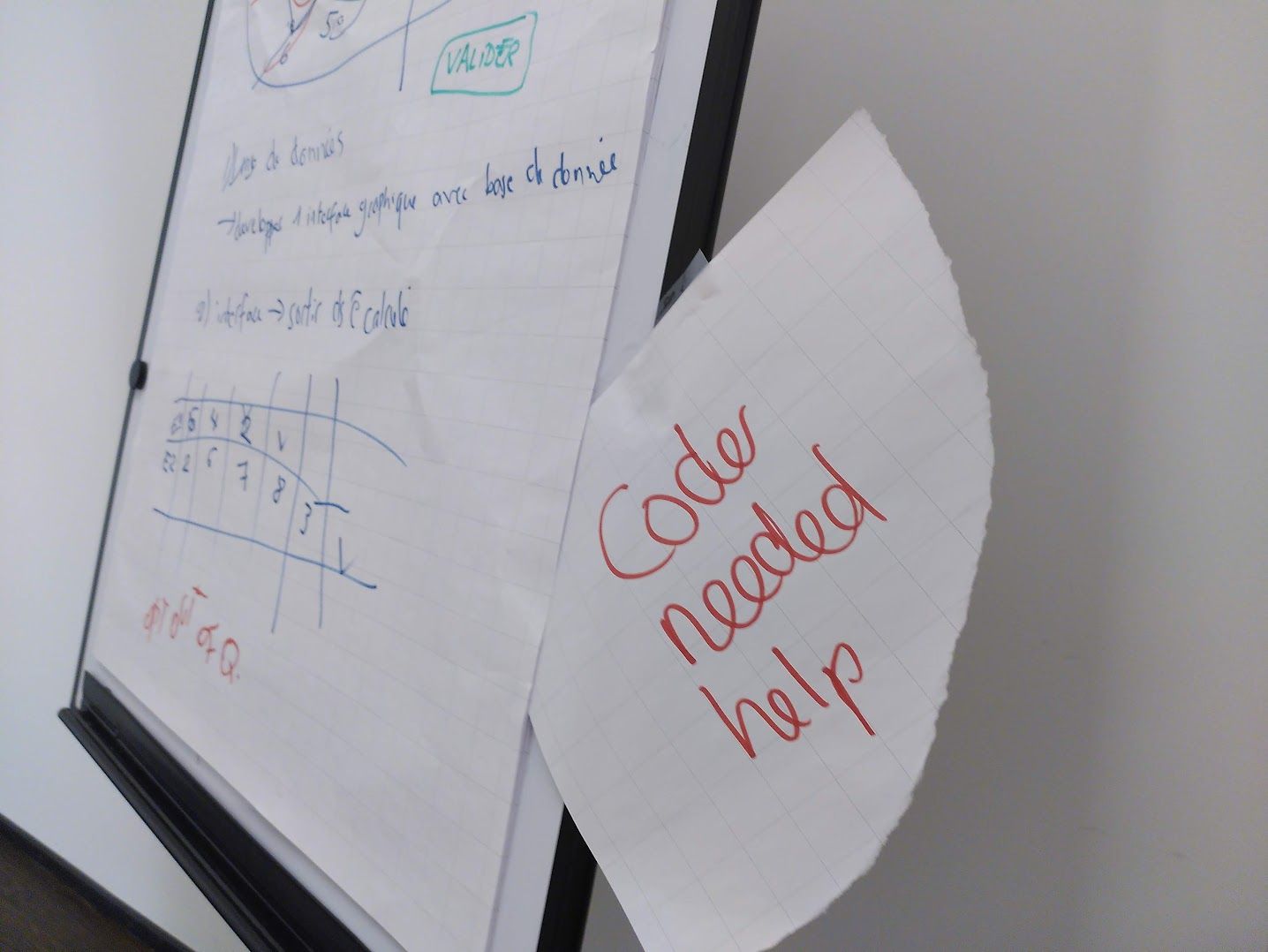
Answer calls for help ...
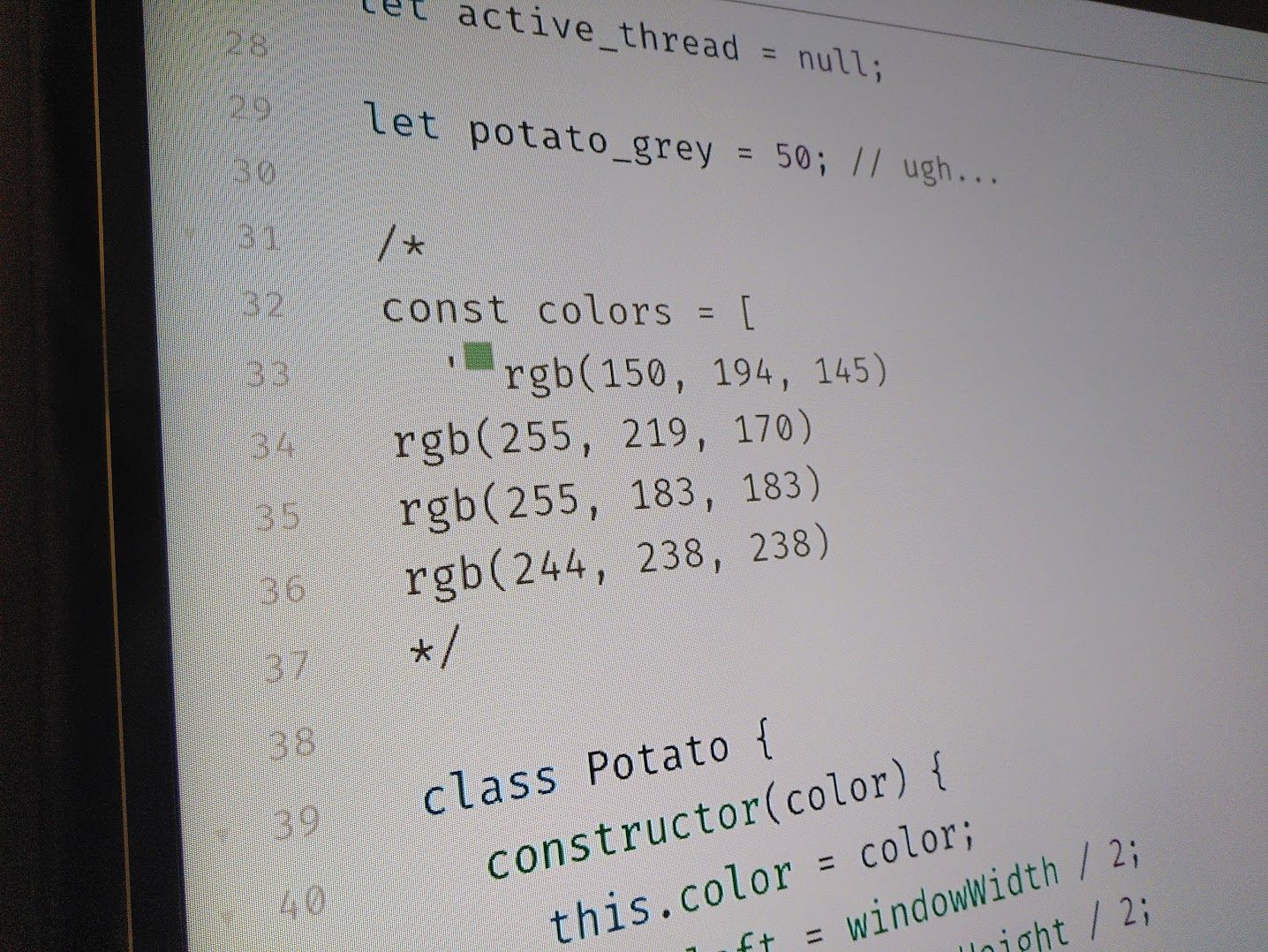
Harvest a batch of digital Potatoes ...
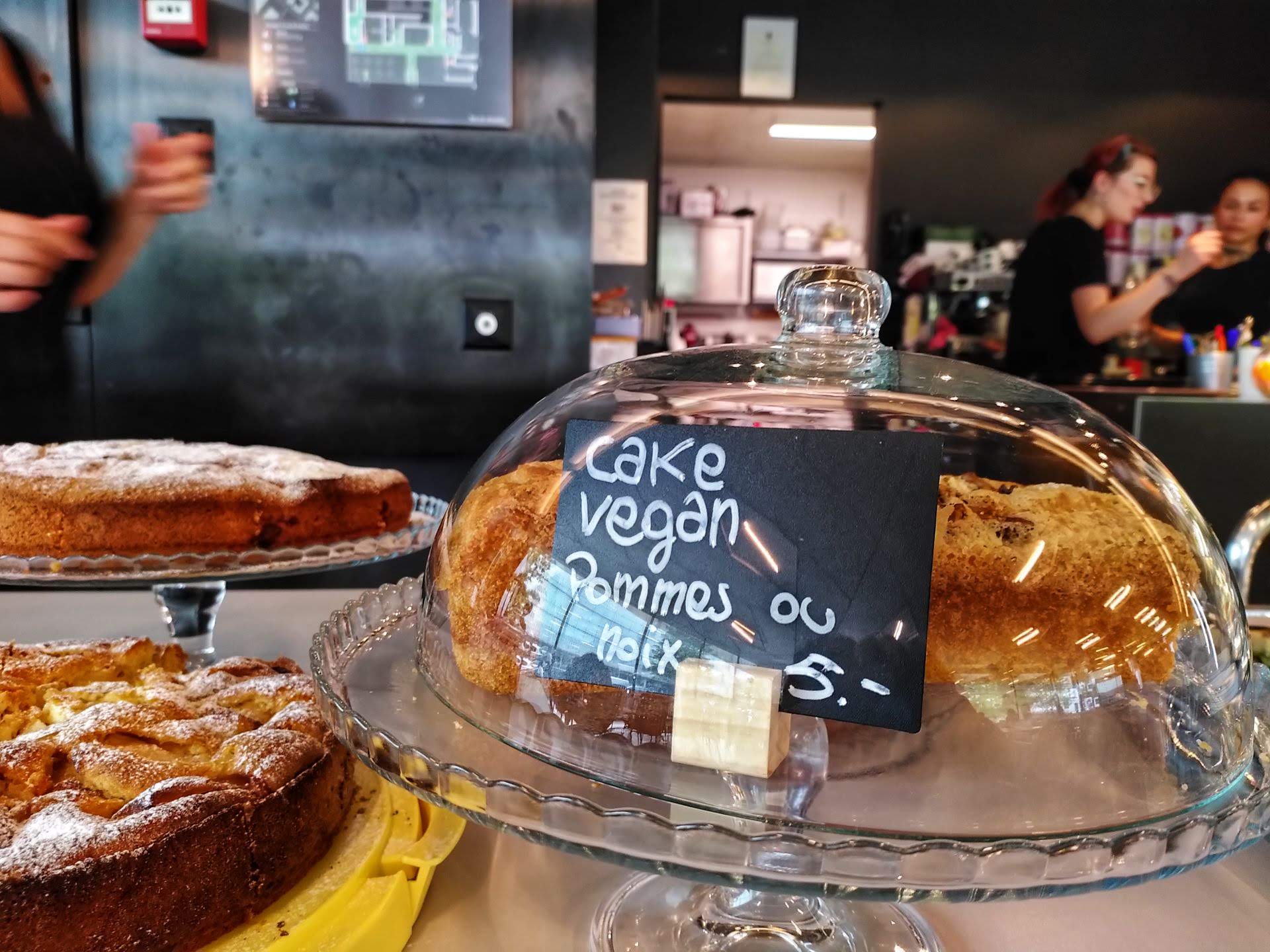
Refreshed by a fantastic in-house kitchen ...
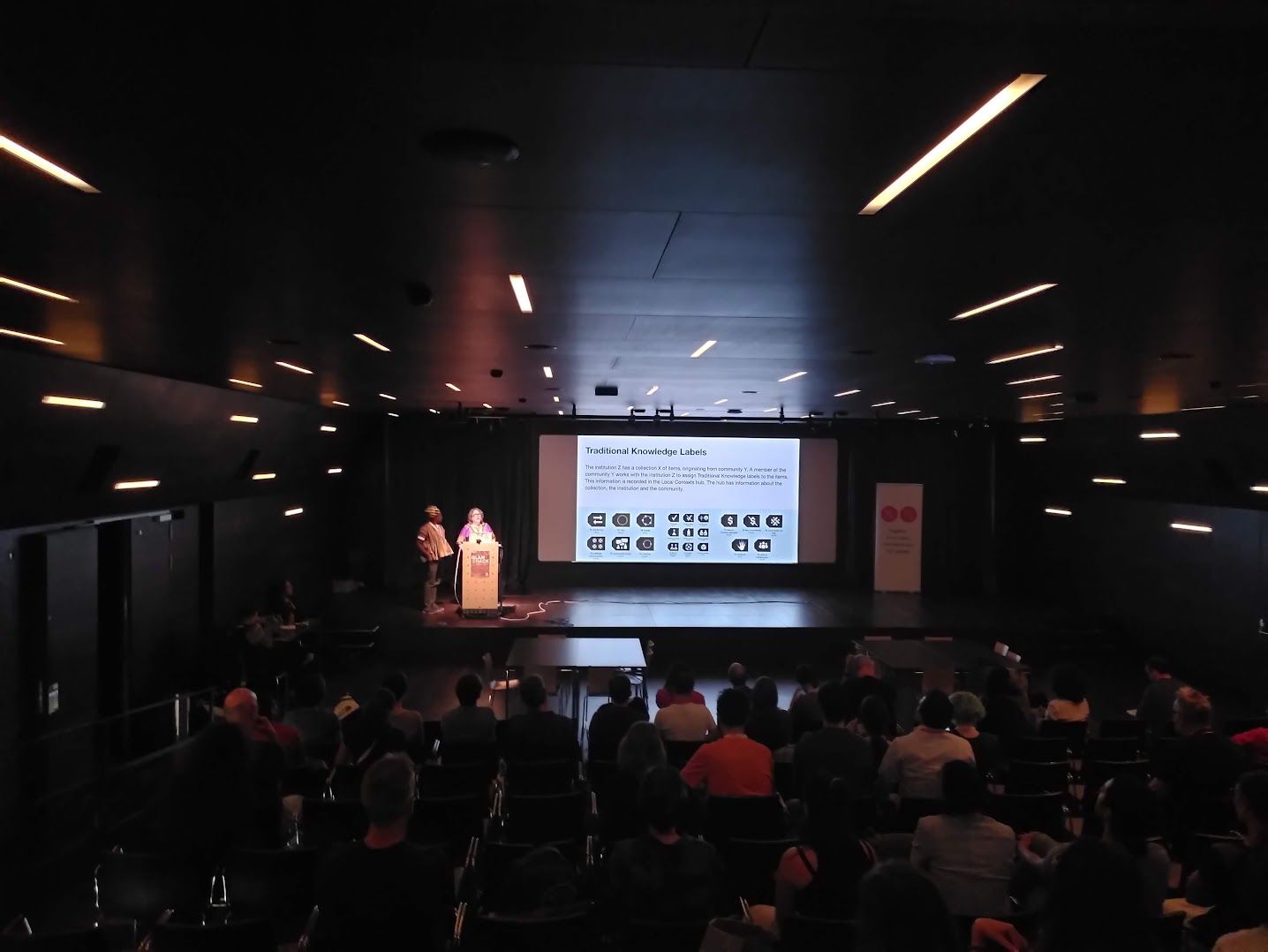
To, finally, make our stand in front of our peers and hosts.
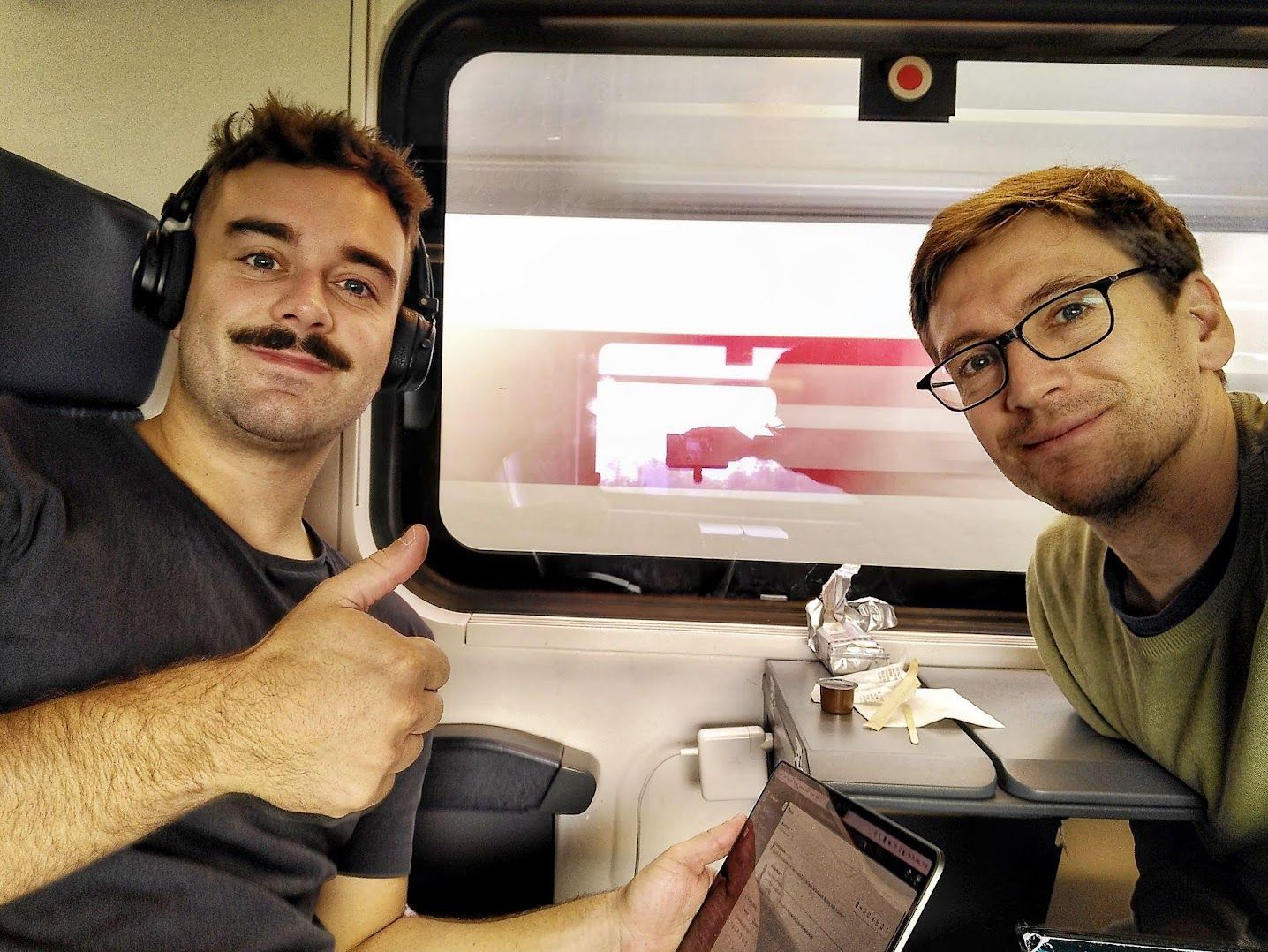
Sitting across from me here is Gaston Wey, who works for Opendata.ch and facilitates hackathons like this one. We are in the train to Geneva, going one last time through the GLAMhack datasets, while munching away on a ration of wholesome Swiss Army biscuits.
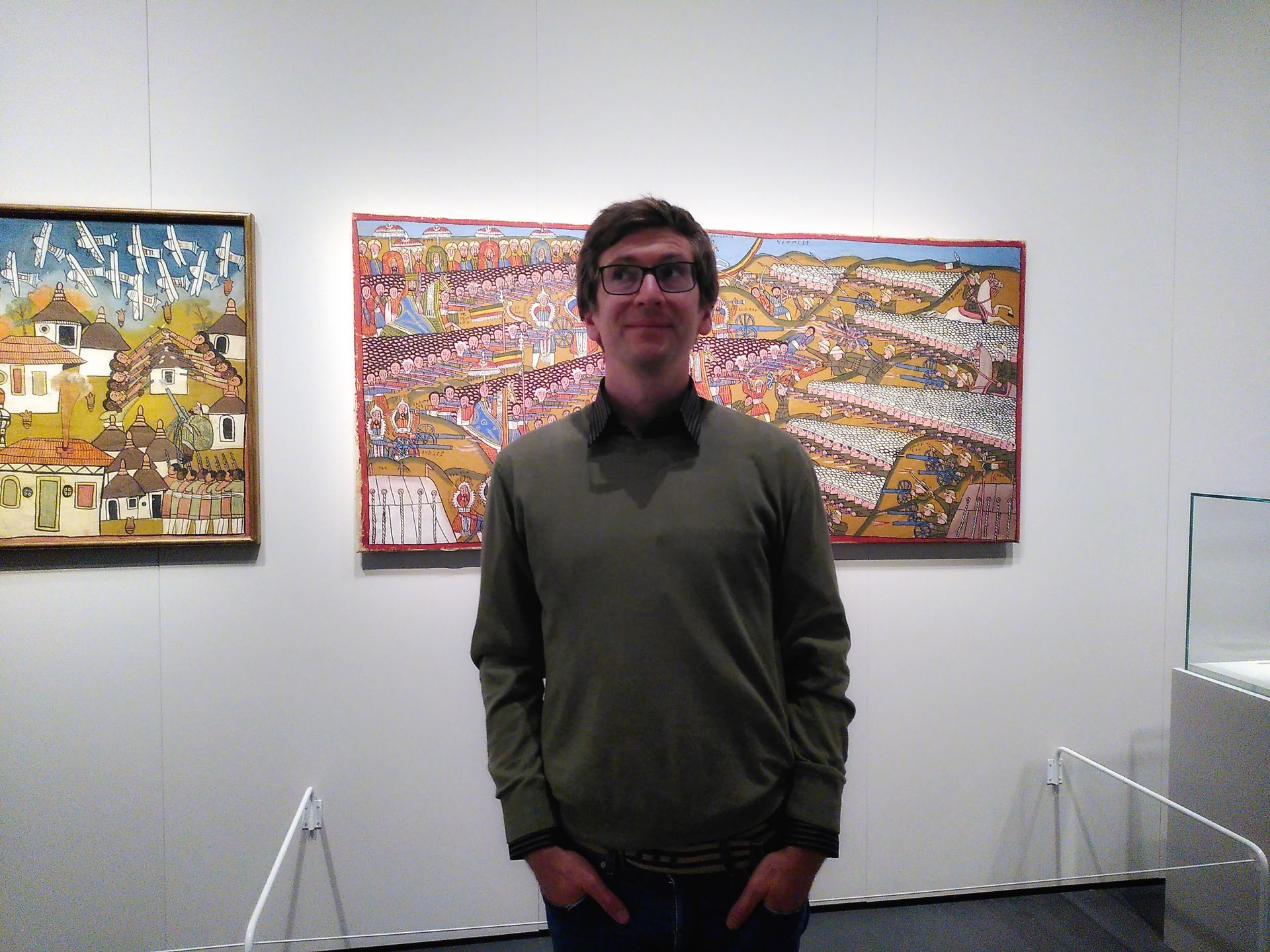
7 months later, wearing the same sweater, in front of the titular artwork of the exhibition: the Ethopian painting of the Battle of Adwa. You can explore the full program and access loads of information about the exhibits on the Mémoires website:

See also my writings on previous editions of this hackathon series:
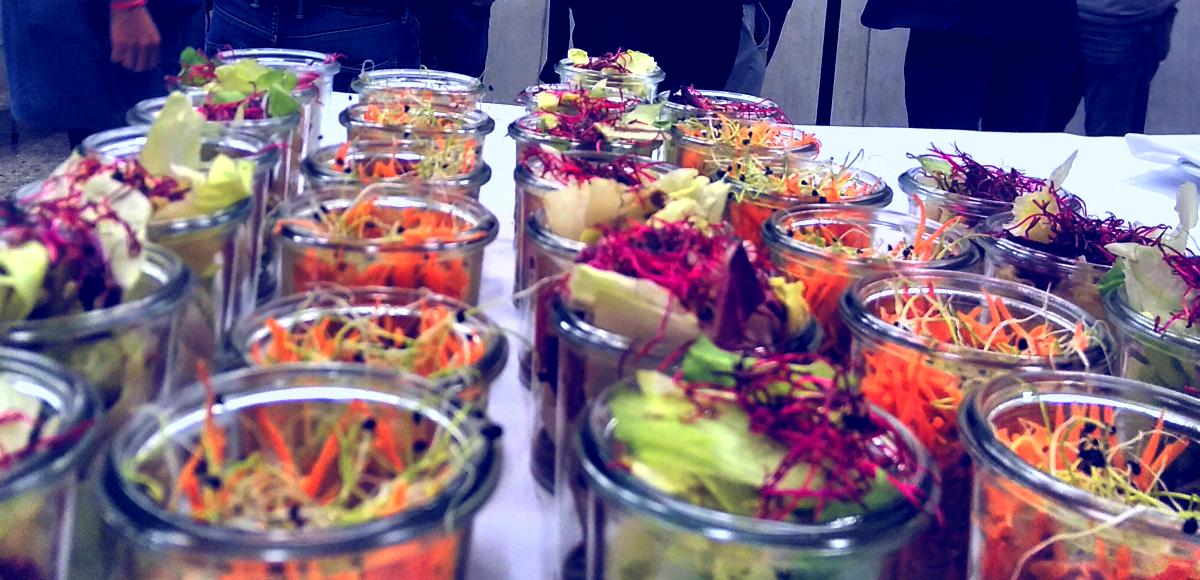


Hope to see you soon, at the 10th anniversary GLAMhack in September! I'll be familiarizing myself with this little souvenir in the meantime:

All the photographs in this blog are by me and can be freely reused under a CC BY 4.0 license.


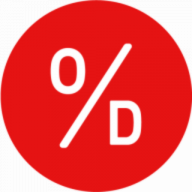

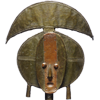

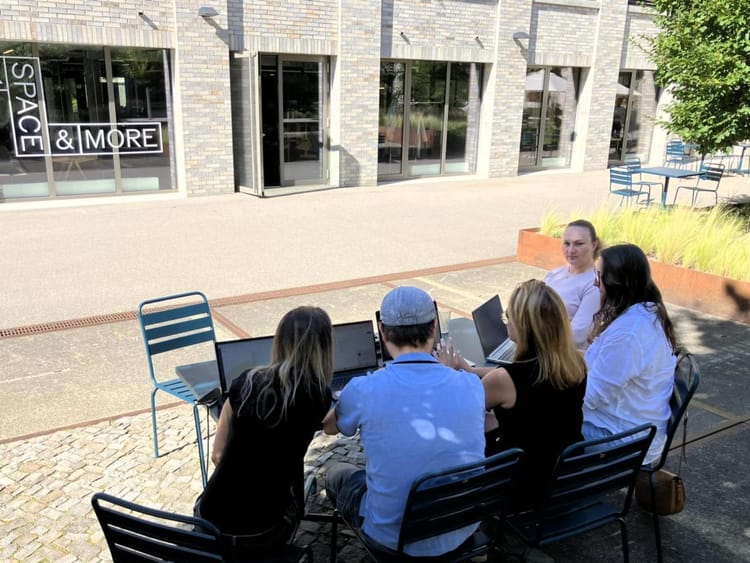
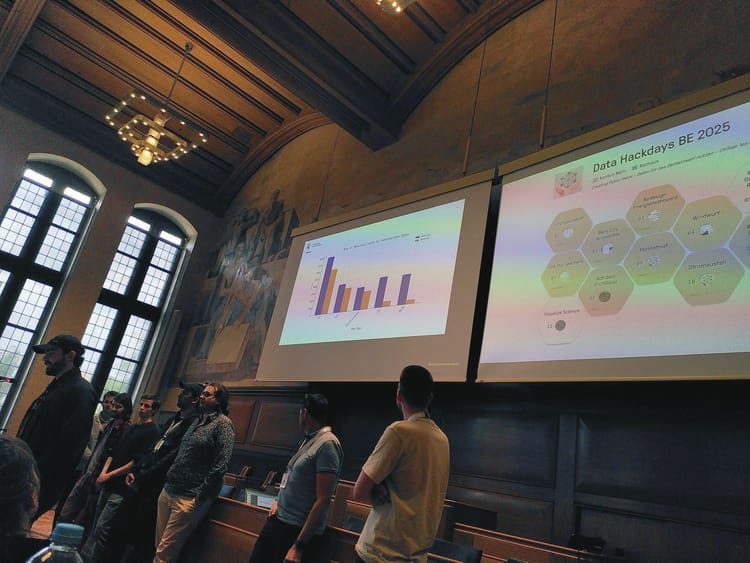
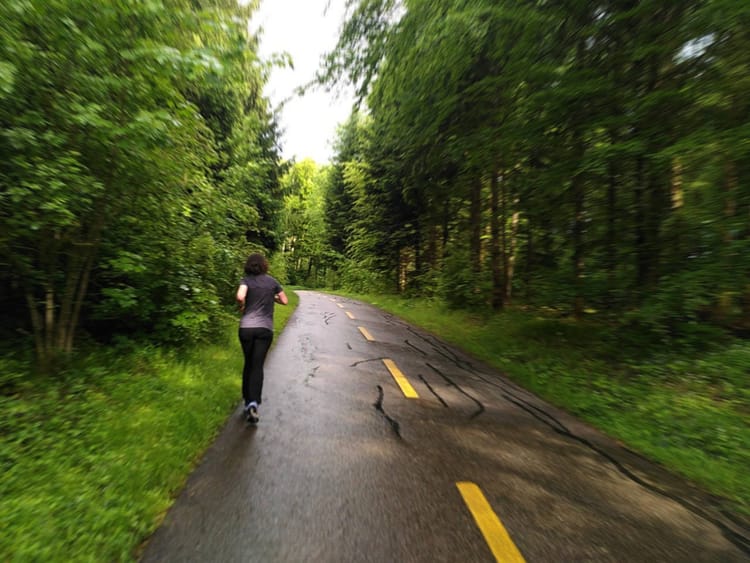

 The works on this blog are licensed under a Creative Commons Attribution 4.0 International License
The works on this blog are licensed under a Creative Commons Attribution 4.0 International License